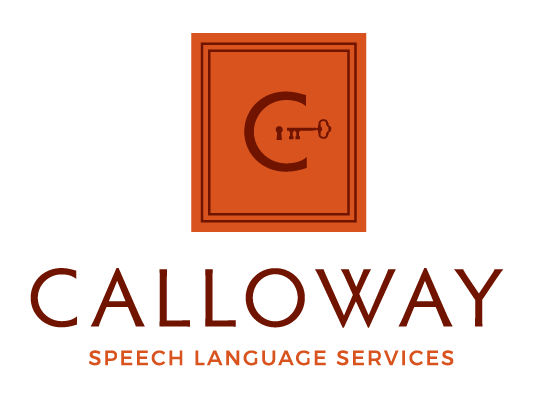Questions & ANswers
Q: What is Expressive-Receptive Language Disorder?
A: Expressive - Receptive Language Disorder refers to impairments in the child’s ability to use communication to accurately and effectively express her wants, needs, and ideas and understand spoken communication, respectively. Kids with developmental language disorders often start speaking later than their peers.
Q: What is Articulation Disorder?
A: Articulation Disorder is the inability to correctly produce speech sounds because of the imprecise placement, timing, pressure, speed, or flow of movement of the lips, tongue, or throat. With an articulation disorder, there is difficulty producing and using age-appropriate speech sounds and can be caused by heredity.
Q: What is Childhood Apraxia of Speech?
A: Childhood apraxia of speech (CAS) is a motor speech disorder. Children with CAS have problems saying sounds, syllables, and words. This is not because of muscle weakness or paralysis. The brain has problems planning to move the body parts (e.g., lips, jaw, tongue) needed for speech. The child knows what he or she wants to say, but his/her brain has difficulty coordinating the muscle movements necessary to say those words.
Q: What is dysarthria?
A: Dysarthria is a motor speech disorder. It is the result of impaired movements of the muscles that are used for speech production. A person with dysarthria may have slurred speech that is hard to understand or a slow rate of speech.
Q: What is a voice disorder?
A: Voice disorder occurs when voice quality, pitch and loudness differ or are inappropriate for an individual's age, gender, or cultural background. Symptoms include abnormal pitch, loudness or resonance or strained/strangled quality to the voice. A voice disorder may be caused by trauma or stress.
Q: What is Autism?
A: Autism spectrum disorder (ASD) is a neurodevelopmental disorder characterized by deficits in social communication and social interaction and the presence of restricted, repetitive behaviors. Social communication deficits include impairments in aspects of joint attention and social reciprocity, as well as challenges in the use of verbal and nonverbal communicative behaviors for social interaction. Restricted, repetitive behaviors, interests, or activities are manifested by stereotyped, repetitive speech, motor movement, or use of objects; inflexible adherence to routines; restricted interests; and hyper- and/or hypo-sensitivity to sensory input.

